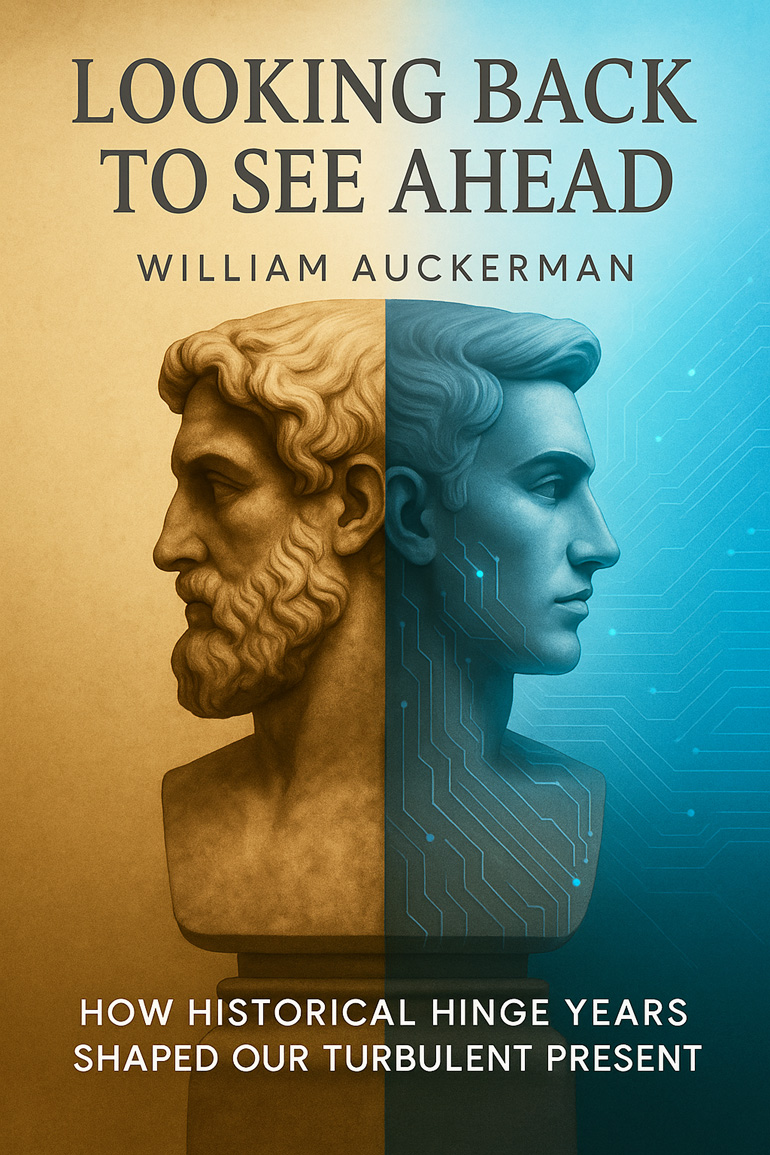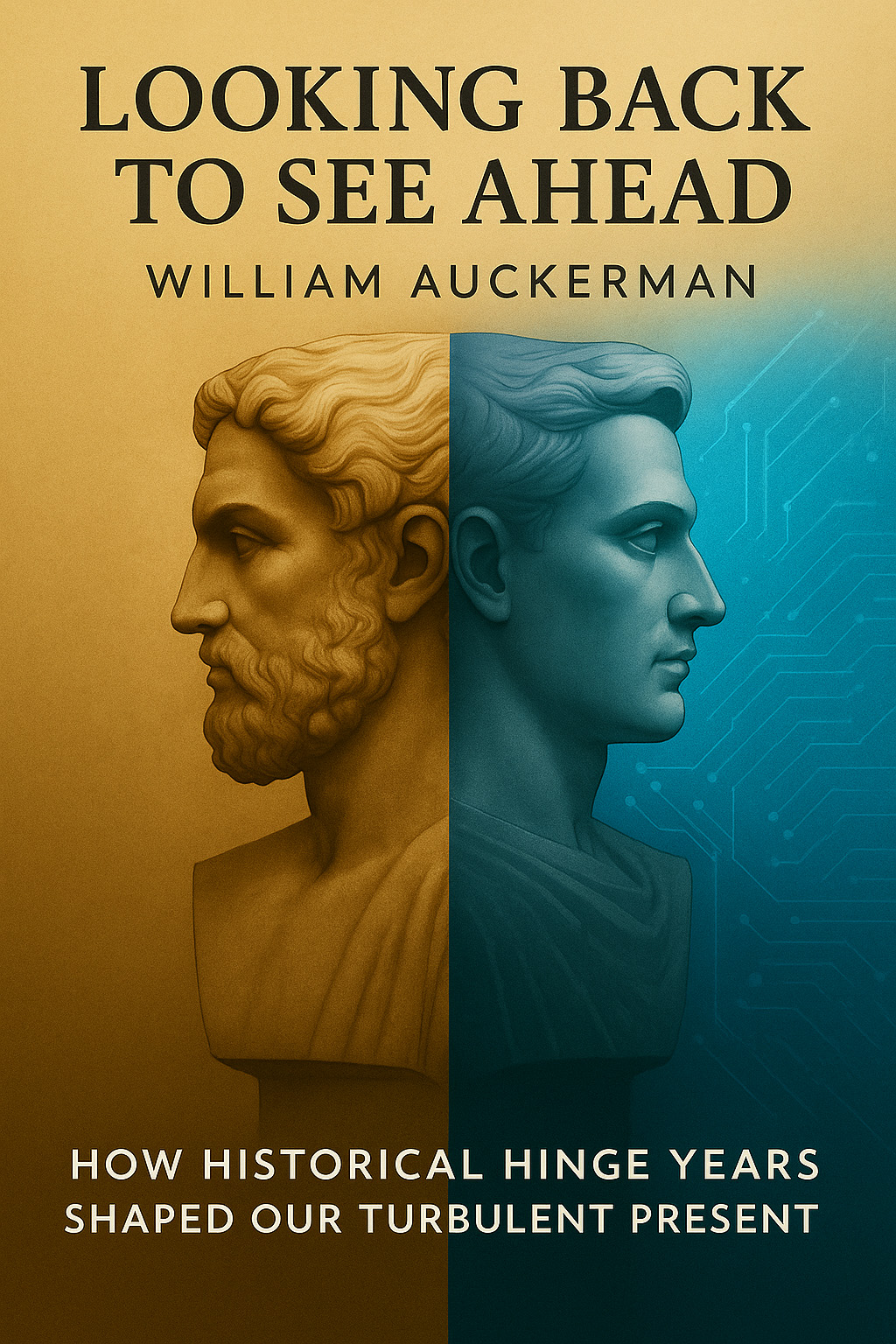Embarking on Looking Back to See Ahead is more than a stroll through dates and events—it’s a guided expedition through the lessons and insights that have quietly shaped our world. Each chapter serves as a waypoint, illuminating how subtle shifts—like the launch of Sputnik or the first charge card—became catalysts for sweeping transformation. By treating history as an active guide rather than a passive archive, we equip ourselves to chart a clearer course through today’s uncertainties.
This journey hinges on the idea of convergence: the moment when seemingly unrelated forces collide to produce outsized impact. Whether it’s the interplay of media and politics in the 1950s, the blend of personal computing and cultural change in the 1970s, or the union of global networks and environmental awareness in 1985, each convergence reveals a pattern we can learn from. Recognizing these intersections helps us see beyond surface events and anticipate the next wave of change in our own fields and communities.
But insight alone won’t light the way—you need actionable frameworks to turn understanding into impact. That’s why every chapter concludes with easily applied principles, like the Compatibility Principle (design for adaptability) or the Overview Effect (cultivate broad perspective). These are more than theoretical musings; they’re tools for creativity, resilience, and strategic foresight. By weaving them into your daily decisions, you transform hindsight into foresight.
Finally, this isn’t a detached academic exercise—it’s a personal voyage anchored in lived experience. Drawing on decades spent between the United States and Japan, the author’s stories ground big ideas in human moments: your first hands-on encounter with a microprocessor, the awe of seeing Earthrise, the challenge of navigating a new culture. These reflections remind us that history’s lessons aren’t just abstractions but invitations to act, innovate, and lead with purpose.



